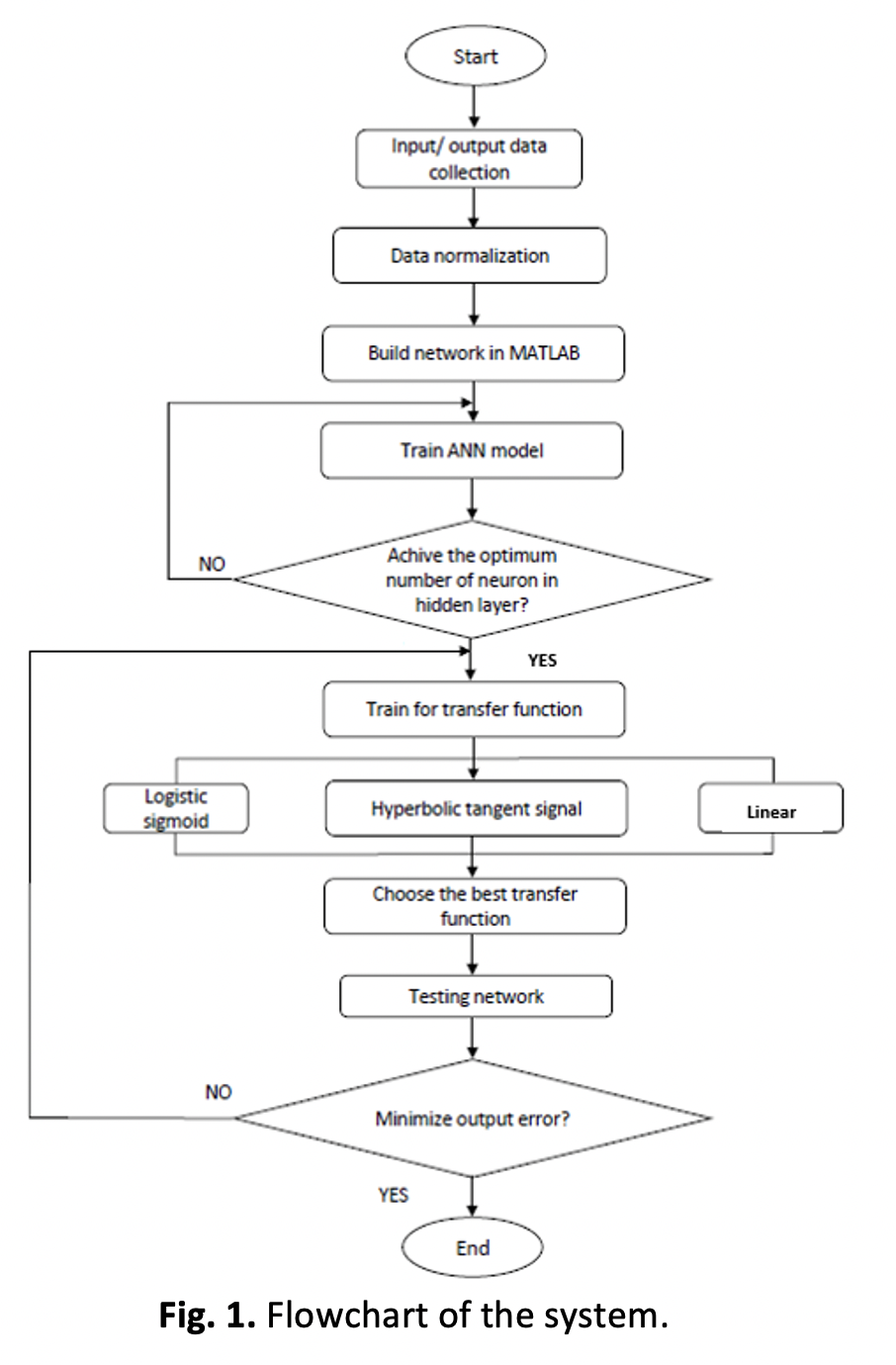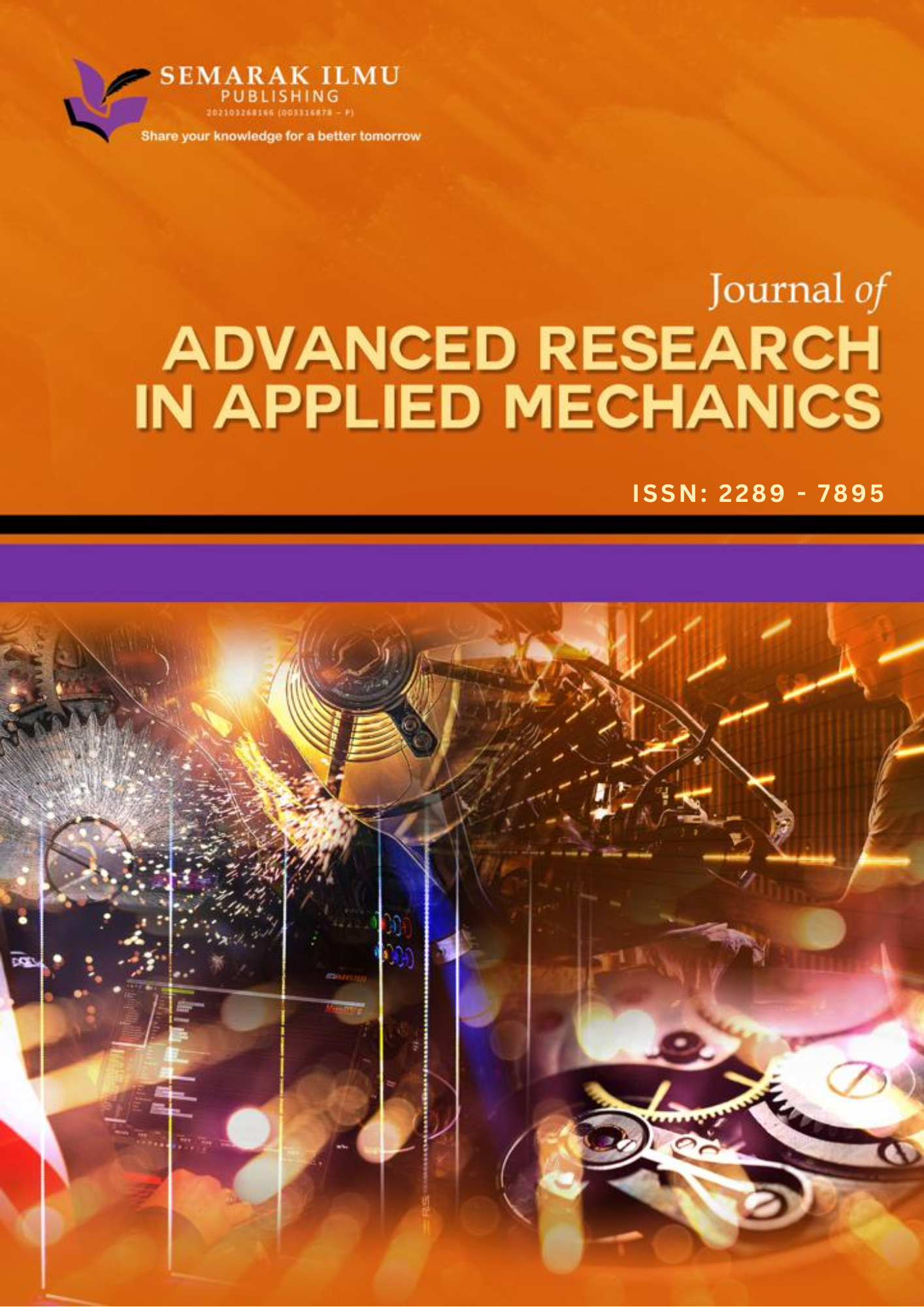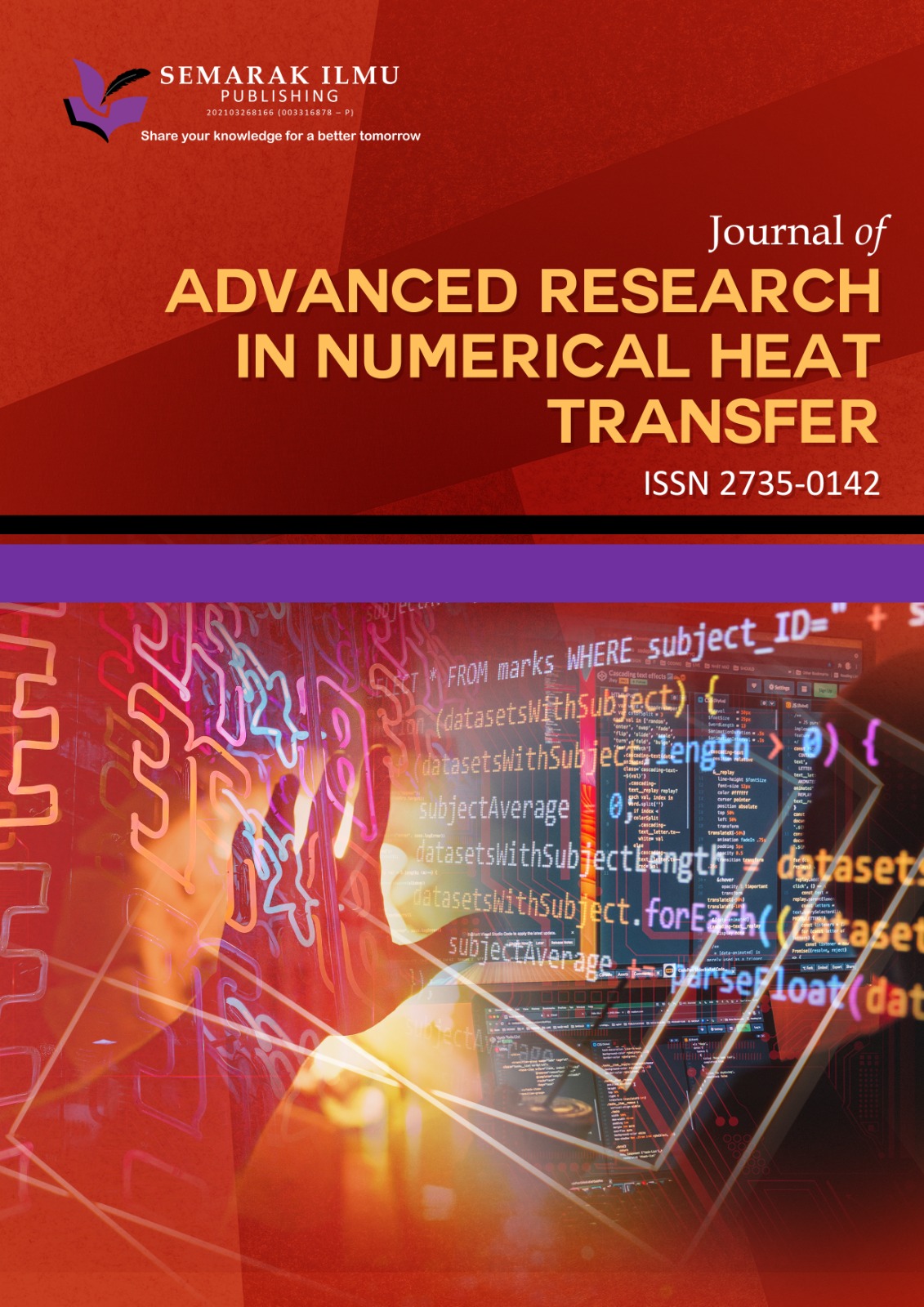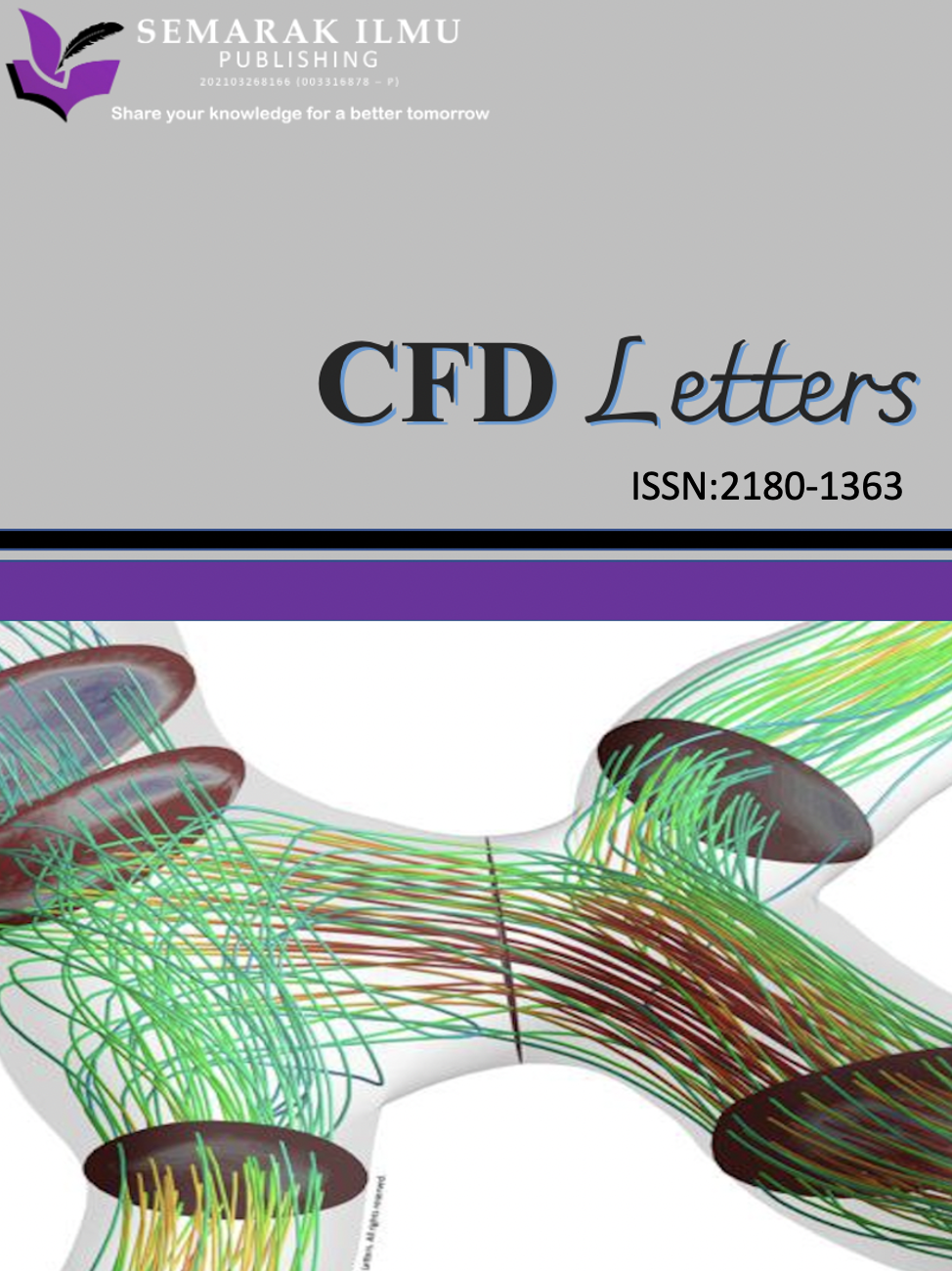Advancing Solar Power Predictions: Exploring Neural Network Architecture through Transfer Function and Hidden Layer Analysis
Keywords:
ANN, MLP, prediction, MATLAB, PV power output, transfer function, RMSEAbstract
Artificial Neural Network (ANN) models have demonstrated robustness in capturing variations in the input-output relationship between weather parameters and photovoltaic (PV) output power. However, despite their success in solar power forecasting, the challenge of determining the optimal architecture. This study aims to enhance the precision of photovoltaic (PV) output prediction by focusing on four inputs where irradiance, ambient temperature, PV module temperature, and humidity. The primary objective is to discern the most effective neural network architecture, specifically identifying the optimal number of neurons and hidden layers. The study employs the Multilayer Perceptron (MLP) technique, a type of ANN, to develop the model. Training shows that varying the number of neurons in the hidden layer, explicitly using 18 neurons, leads to optimal performance. Furthermore, it compares the best activation function between different activation functions, including linear, Hyperbolic Tangent Sigmoid (tan-sig), and Logistic Sigmoid (log-sig). The analysis concludes that the best activation function is achieved when the MLP model is designed using log-sig- linear- log-sig in the hidden layer with a structure of (4-18-18-18-4) for 560 data entries, using the MATLAB Deep Learning Toolbox. The results obtained from the neural network are thoroughly analyzed, indicating that using 18 neurons across the 3 hidden layers proves to be the most effective configuration for training, testing, and validation. This configuration yields minimal Root Mean Square Error (RMSE), emphasizing its strong performance in this study. The obtained result from this study, highlights the significance of fine-tuning neural network architecture for accurate and reliable solar power forecasting, contributing to advancements in renewable energy applications.Downloads



















